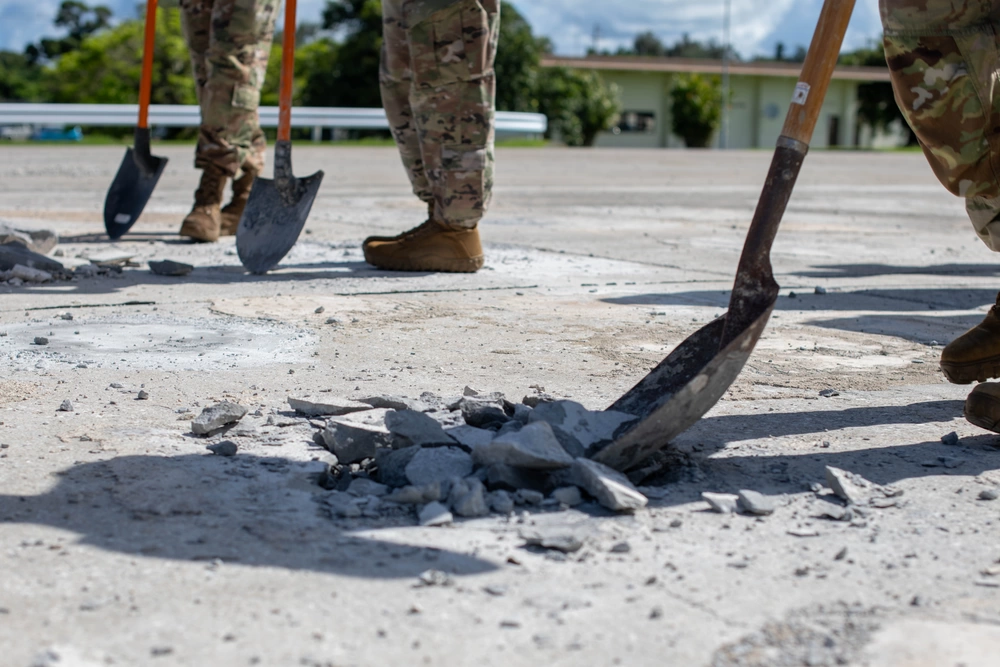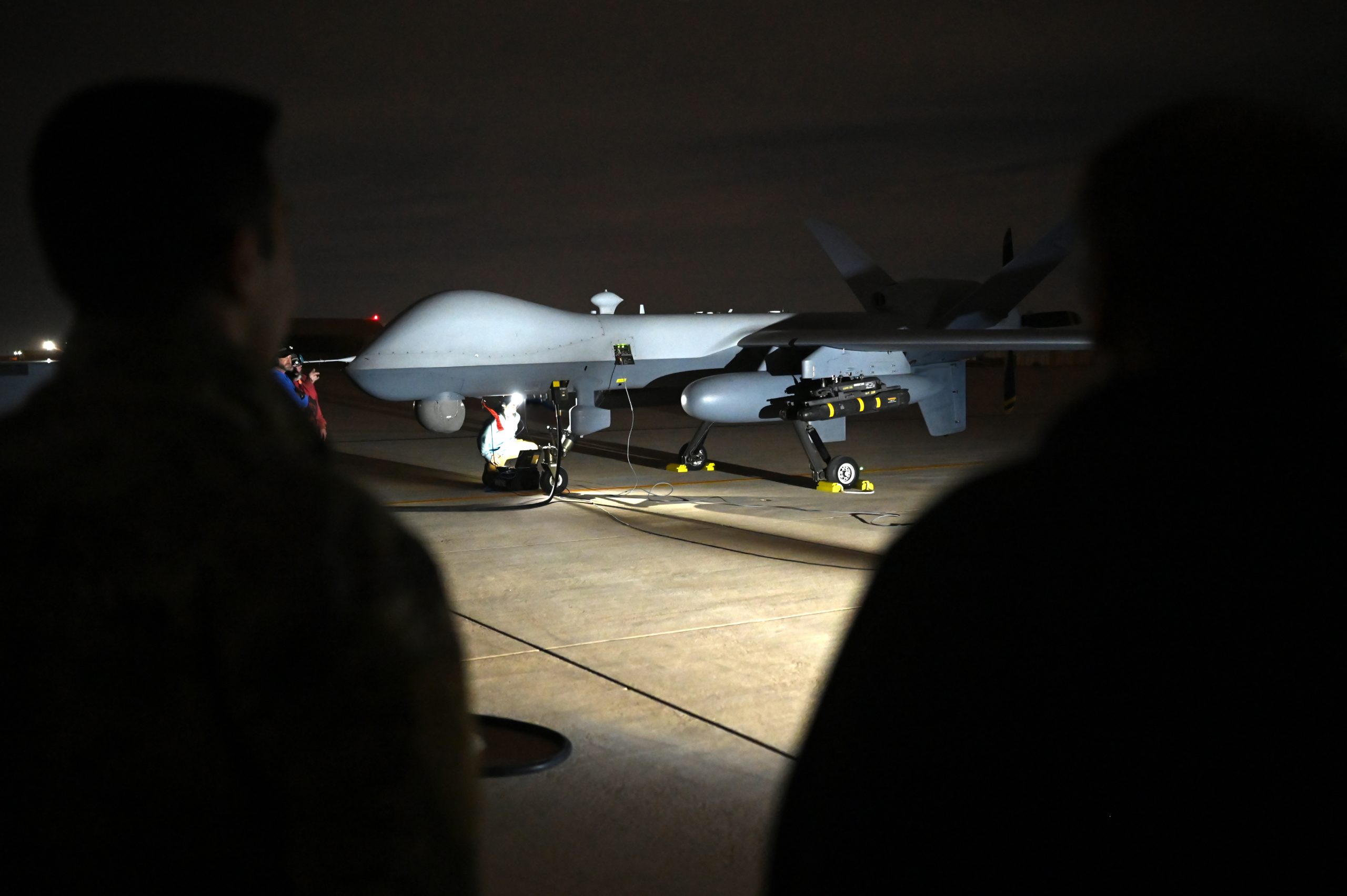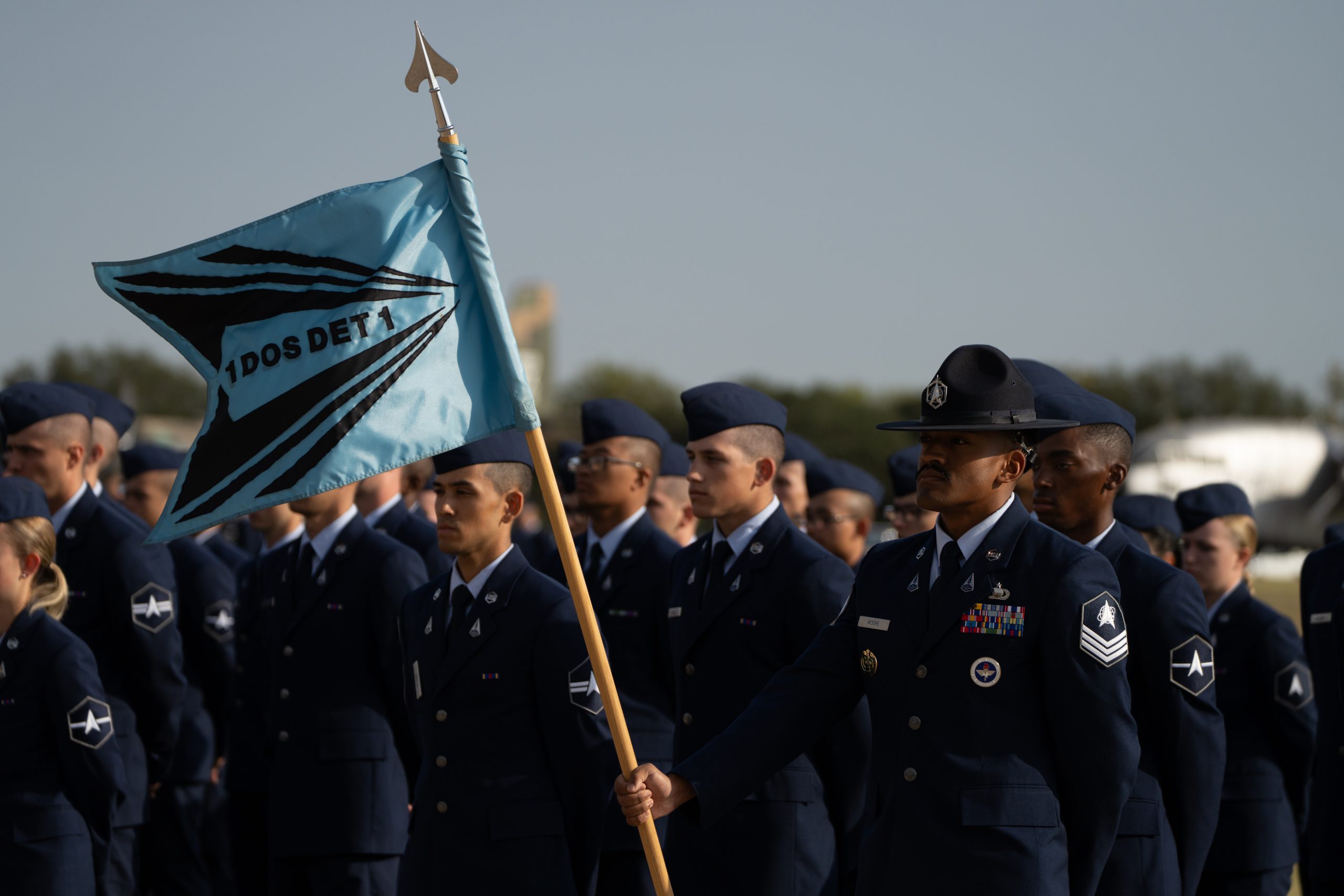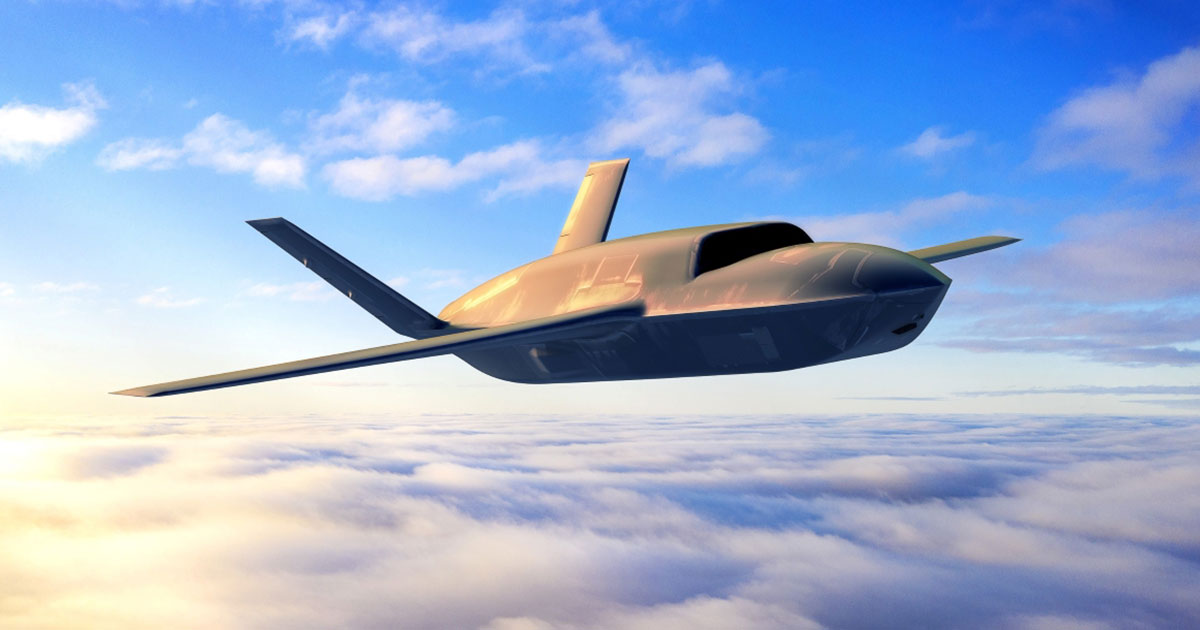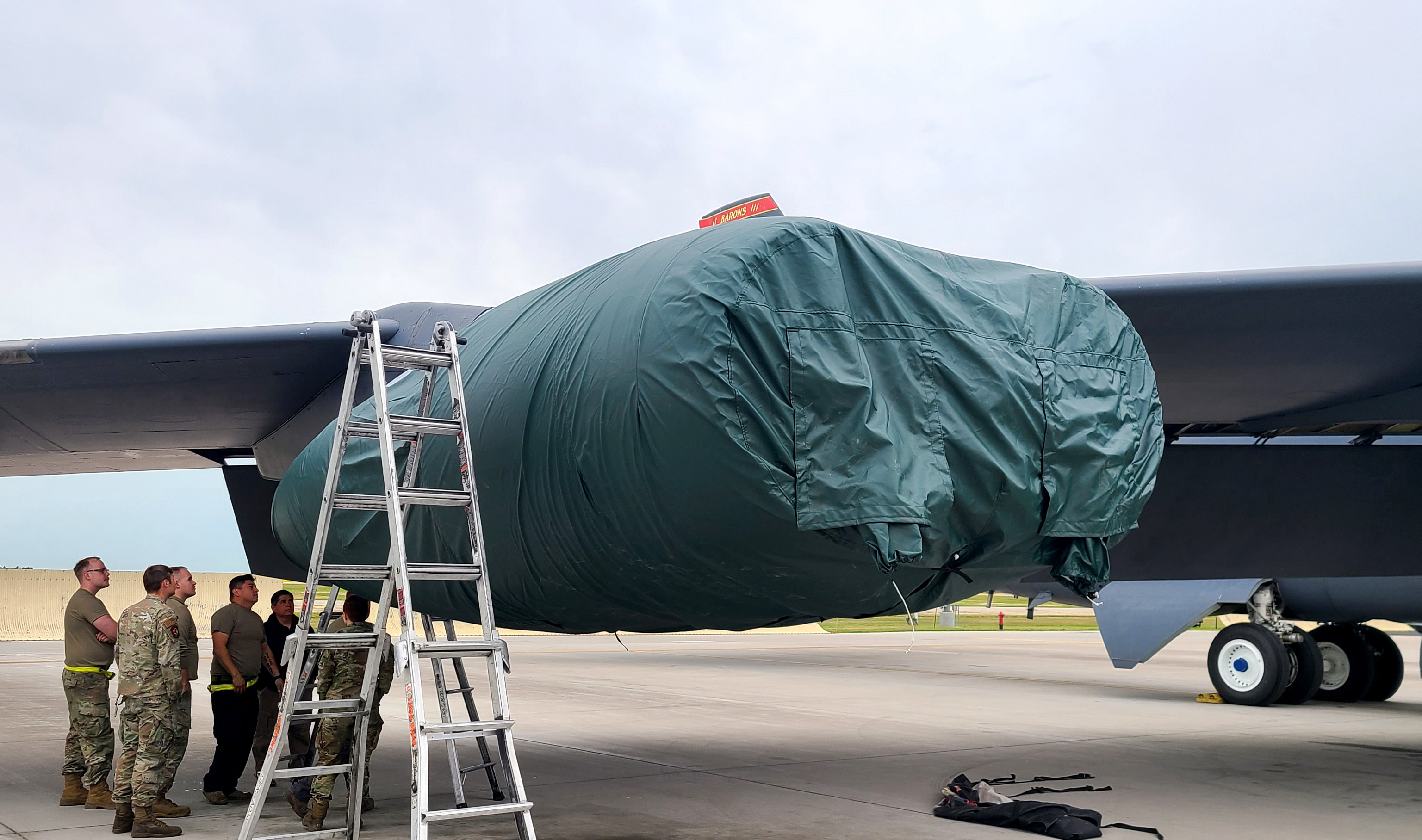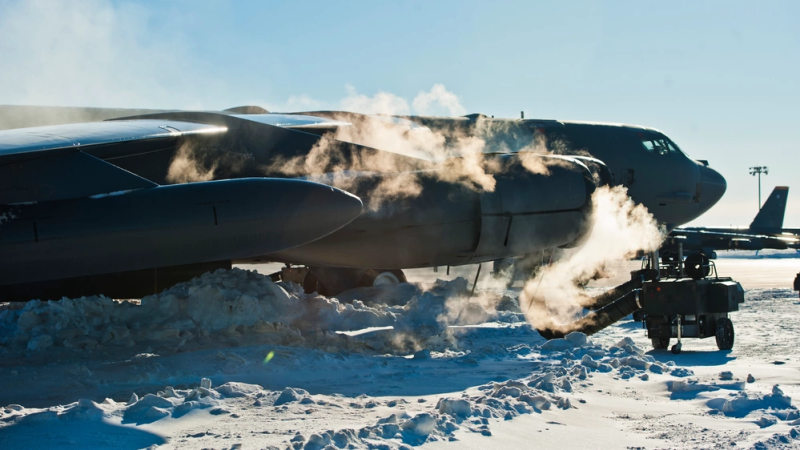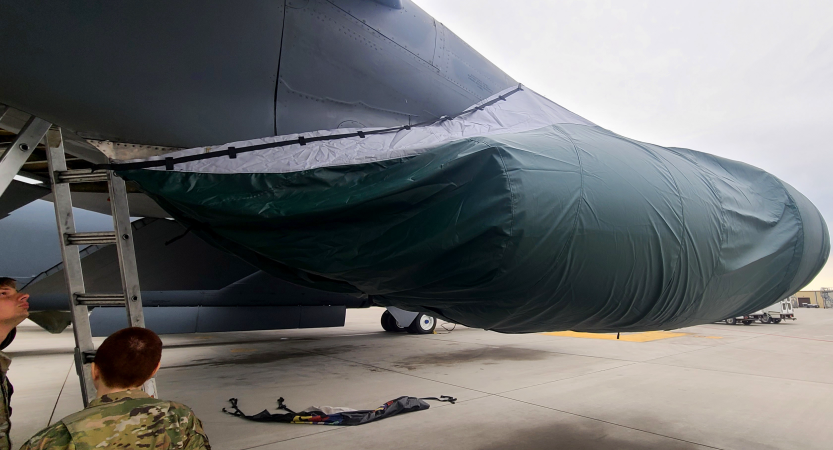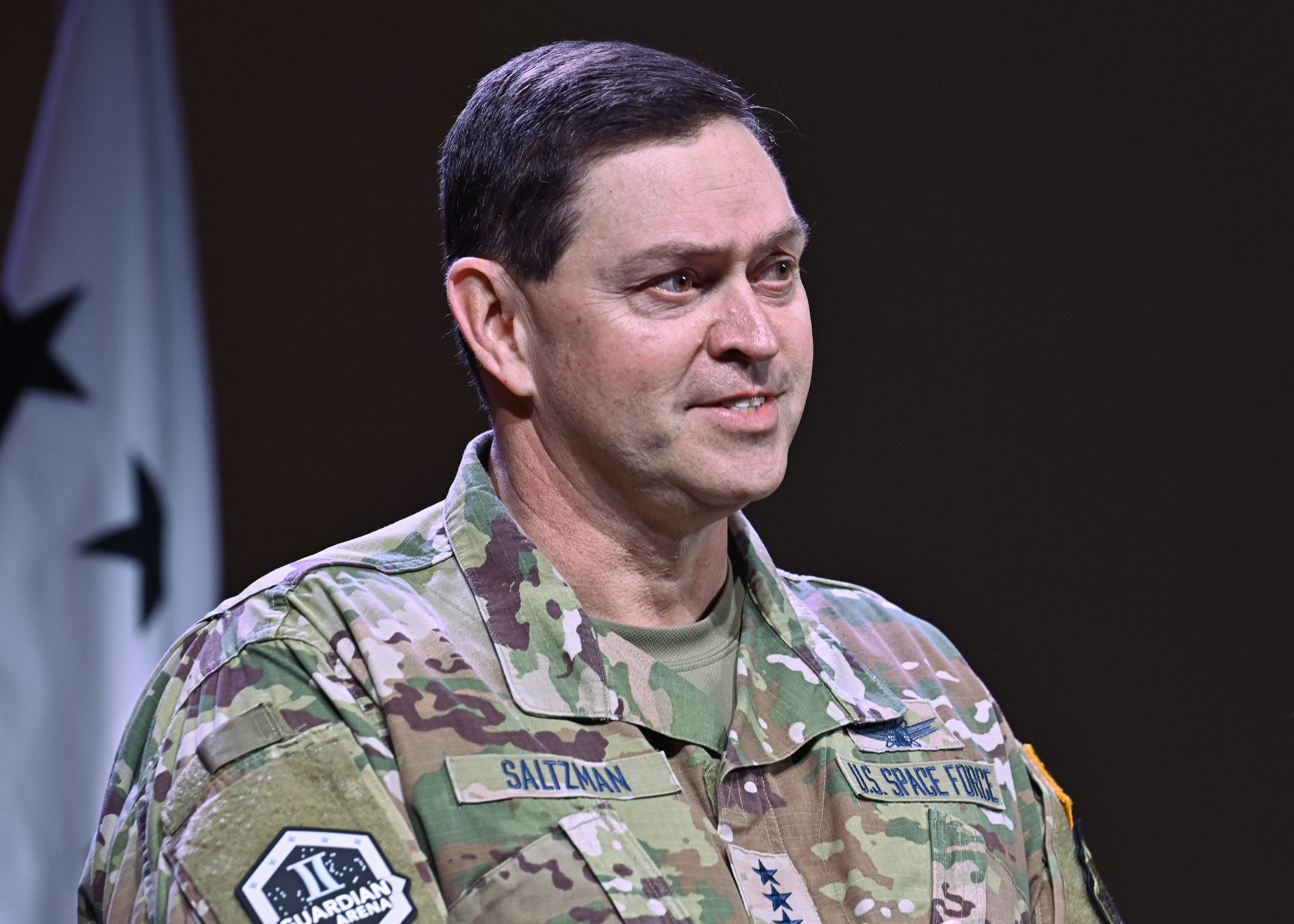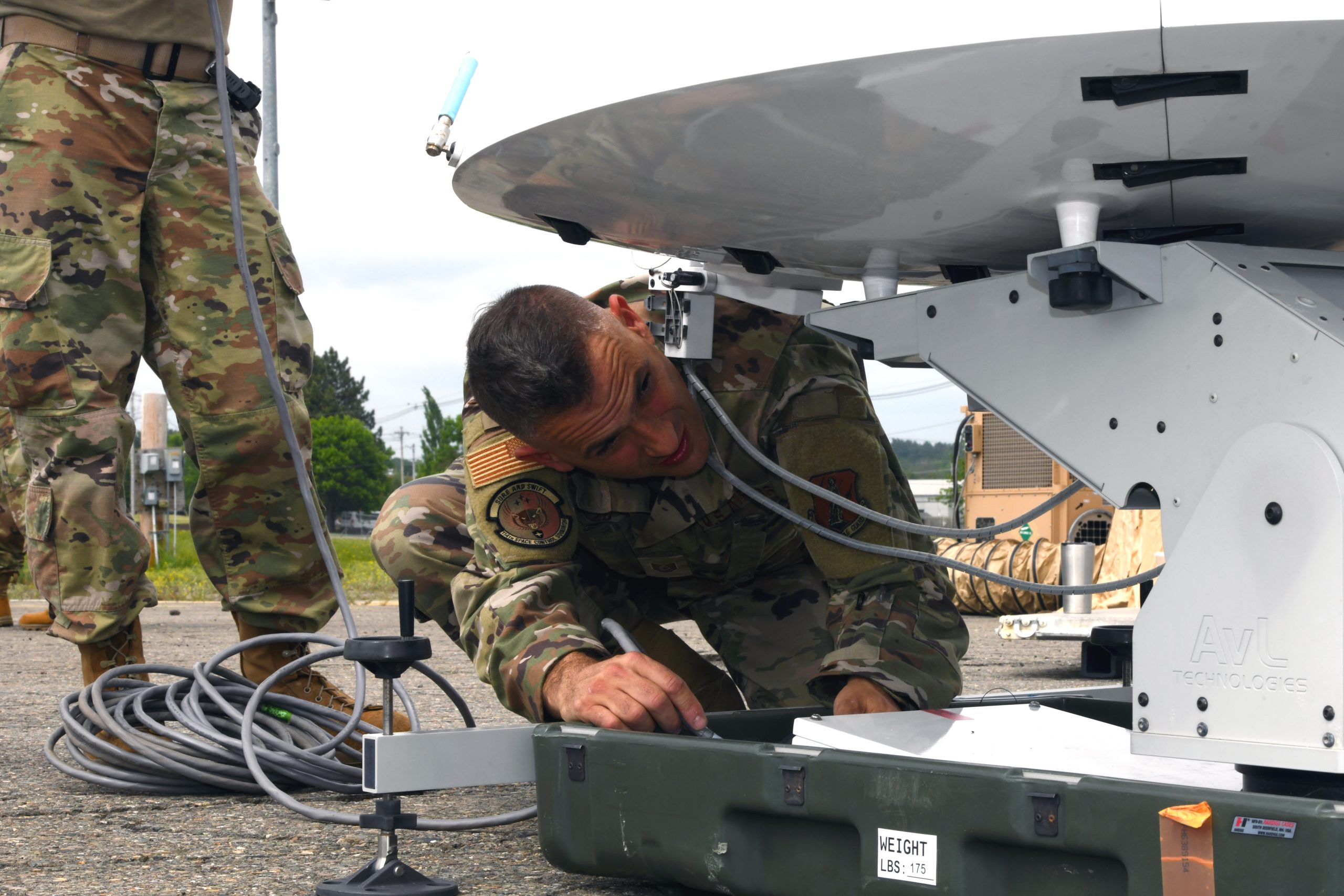The Department of the Air Force’s installations czar revealed a plan Dec. 11 to fix Air Force and Space Force facilities that are increasingly in a state of decay, including airfields, water and electrical systems, munitions storage, and other critical base facilities.
Among the troubling statistics cited in the new Installation Infrastructure Action Plan:
- Half of the Department of the Air Force infrastructure is operating under moderate or high-risk conditions, and that share is growing
- One-third of DAF utilities, such as water, electric services, and heat and air conditioning systems, are in critical condition; 25 percent are degraded
- 70 percent of utility systems at Pacific Air Forces (PACAF) locations are severely degraded due to the highly corrosive environment
- 48 percent of secondary and tertiary airfield pavements (i.e. taxiways, parking aprons) are not in good condition
- The average age of the department’s 640 munitions storage facilities is 47 years old; many are unable to store advanced munitions
The U.S. relies on these facilities to compete with the likes of China and Russia. But the long reach of ballistic missiles, cyberattacks, and more mean no base is safe in a conflict with those adversaries, a risk compounded by the threat of climate change and limited budgets.
Reversing years of disrepair is the goal of the new action plan (I2AP), a sweeping document overseen by Dr. Ravi Chaudhary, assistant secretary of the Air Force for energy, installations, and environment.
“The ability of our installations to be effective and project power is going to be the margin of victory in great power competition,” Chaudhary said at a Dec. 11 Warfighters in Action event hosted by the Air & Space Forces Association.
“We have a plan that keeps us moving forward in that endeavor,” he said. “But I can tell you, it’s going to take a lot of effort. It’s going to take a lot of partnering and a lot of support across our communities to get it done.”
The plan has three objectives:
- Focus improvement efforts on the infrastructure most critical to DAF missions
- Right-size installation infrastructure by cutting useless or dilapidated infrastructure
- Boost infrastructure’s resilience against man-made or climate threats
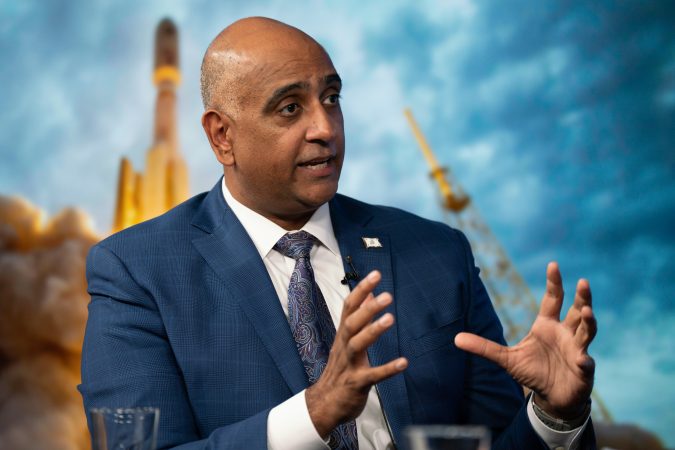
Mission Critical
The goal of the first objective is to reverse some of the report’s most troubling statistics about infrastructure health.
“No bones about it, we need to make sure that we’re directing the right investments in the right locations to ensure that our infrastructure is healthy,” Chaudhary said. “This is designed to arrest some of that [degradation], one, by focusing on the things that are most critical to our mission.”
Some of the first actions on the 16-step list include modernizing base communications infrastructure, enhancing cybersecurity, and installing LTE/5G cellular infrastructure at 10 PACAF installations by fiscal 2030.
Others include creating an annual DAF infrastructure investment plan; adopting a joint standardized methodology for scoring infrastructure risk; and identifying the top priorities for improving munitions storage, weapons systems, runways, and infrastructure for employed-in-place missions.
The plan also identifies child development centers (CDCs), Airman dormitories, and family housing as key facilities in need of prioritization and investment, with the goal of hitting 80 percent of the authorized requirements for CDCs and dorms by fiscal 2040.
Chaudhary recalled a recent visit to a munitions facility at Nellis Air Force Base, Nev., where Airmen were not only executing a large-scale Red Flag exercise, but also assembling munitions for Ukraine.
“They’re doing double-duty at these facilities … and roughly, I would say 70 percent of their facilities were workable, and a couple of them just did not have the environmental cooling to do the job that they needed to do,” he said. “To me, that was demonstrative of the fact that we’ve got to get at this more aggressively.”
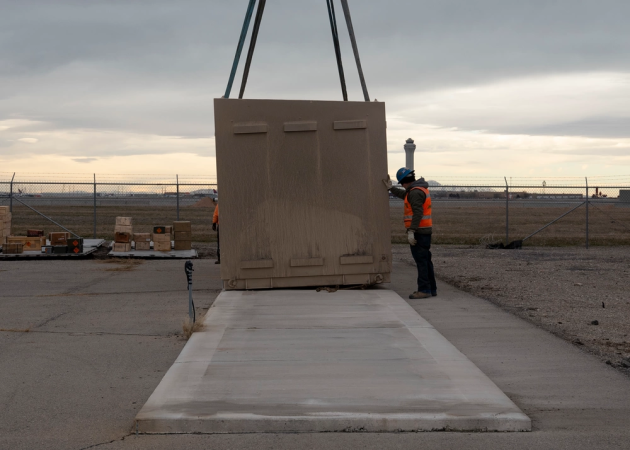
Right-Sized
After the Gulf War, the Air Force shrank in terms of units and personnel, but its number of installations did not keep pace, leaving the branch with plenty of under-utilized space that stretches its limited maintenance budget. But closing down old facilities is tough when local communities and members of Congress hate to see jobs and investment walk away.
The action plan recommends public-private partnerships, Enhanced Use Leases (EUL), and Intergovernmental Support Agreements (IGSAs) as creative ways to make bases more efficient without requesting slow-moving military construction funds or upsetting the local economy.
As an example, Nellis Air Force Base leased land under a EUL to build a wastewater treatment plant, which provides water for irrigating base property and the city of North Las Vegas. Chaudhary also pointed to Fairchild Air Force Base, Wash., which he said saved $30 million by partnering with the local sheriff’s office to build a new shooting range.
“That’s how we’re going to get over this challenge of budget,” he said. “My word out to any installation commander … take a look at what these IGSAs do for you, look at opportunities at enhanced use leases.”
The nine steps under objective two include growing the number of EULs by 10 percent by fiscal 2028, then by 20 percent by fiscal 2032. Some of that could involve expanding commercial and intergovernmental partnerships to support Space Force launch and test operations.
Chaudhary hopes to apply the same mindset to base operations support, family housing, CDCs, and dormitories. Edwards Air Force Base, Calif., recently reached a deal with a private housing provider to start a first-of-its-kind private off-base apartment complex for unaccompanied Airmen, while Eglin Air force Base and Hurlburt Field, both in Florida. are exploring similar measures, Chaudhary said.
Members of Congress are skeptical of privatized military housing providers, considering their poor track record in family housing, but Chaudhary said they are key to quickly building places for Airmen and Guardians to live in exceptionally tight housing markets.
“That allows us to divest the need for another facility,” he said.
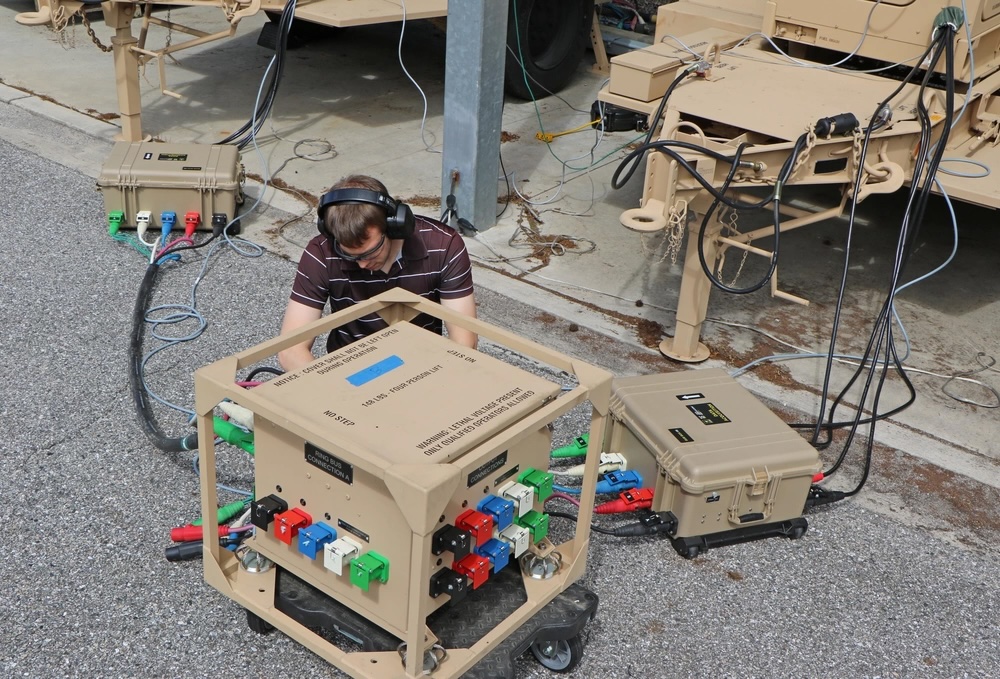
Resilient
The last objective is to boost the resilience of DAF infrastructure against kinetic, cyber, climate, energy, and water threats. Chaudhary warned that adversaries could paralyze a base by targeting its electrical or cyber grid alongside those of the local community. He recommended installation commanders try Energy Resilience Readiness Exercises (ERREs) and cyber- and water-based resilience exercises to find vulnerabilities, a key part of the action plan.
“These take a heck of a lot of effort, and this plan is designed to focus all that effort on that activity,” he said.
Reliable energy from multiple sources is a central part of the plan; Chaudhary praised Kadena Air Base, Japan, where a microgrid kept the lights on during a typhoon. He also expects Eielson Air Force Base, Alaska, will have a small nuclear reactor up and running by 2027.
The 10 steps under objective three include installing microgrids at two Space Force bases and 14 Air Force bases by fiscal 2030; executing ERREs at 25 installations by the end of fiscal 2027; conducting cyber resilience exercises at 25 installations by the end of fiscal 2030; and increasing the number of privatized utility systems by 10 percent by the end of fiscal 2030.
Chaudhary said he is leaving his position in January as President-elect Donald Trump is set to return to office, but he did not seem concerned about the new administration discarding the action plan.
“I don’t see this as a partisan issue, it’s going to be a bipartisan issue: meeting the challenge of China,” he said.
